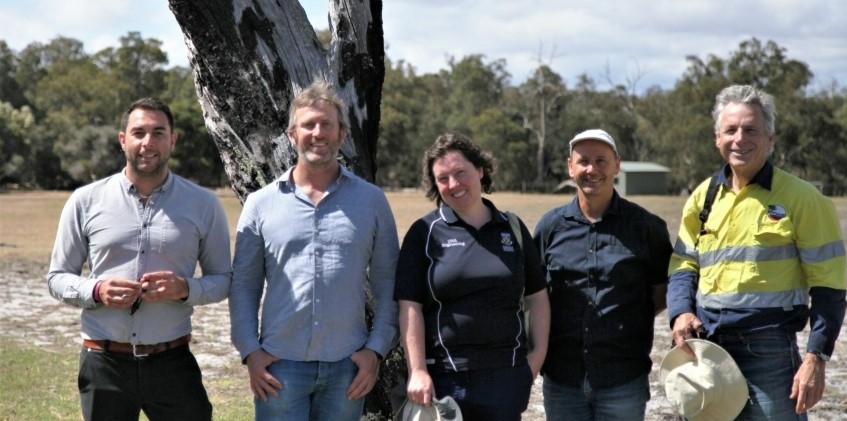
The field day was organised by the Department of Water and Environmental Regulation (DWER) and the University of Western Australia (UWA) as part of the State Groundwater Investigation Program.
DWER’s Joel Hall, Principal Environmental Modeller who manages the Recharge Estimation Collaboration Project said the field day was a real hit, packed with activities and live demonstrations of state-of-the-art equipment.
“The field trip enabled attendees to understand why groundwater recharge estimation is important, why accurately estimating recharge is difficult, and how this program is assisting in the understanding of recharge, recharge processes and increasing levels of certainty around recharge estimation.
“A good understanding of recharge is important to manage our groundwater systems, particularly in the face of climate change, which is causing less rainfall and disproportionately less recharge,” said Joel.
At the Banksia Woodland site in Whiteman Park, there were demonstrations of equipment to estimate recharge, including soil moisture probes, soil potential meters, piezometers, a weather station, neutron moisture probe. UWA’s Dr Matthias Leopold carried out a live demonstration using the electro-resistivity tomography.
At the Park’s Woodland Reserve Interpretive Centre, UWA lead researchers Dr Simone Gelsinari and Professor Sally Thompson outlined the dilemma of accurately estimating groundwater recharge; why sites are selected, and how the instrumentation is used to better estimate recharge.
Find out more about DWER’s groundwater investigations and download technical reports.
Pictured left to right: Dr Simone Gelsinari (UWA), Joel Hall (DWER), Dr Sally Thompson (UWA), Dr Matthias Leopold (UWA) and Dr Richard Silberstein (HydroEnviro Pty Ltd)


